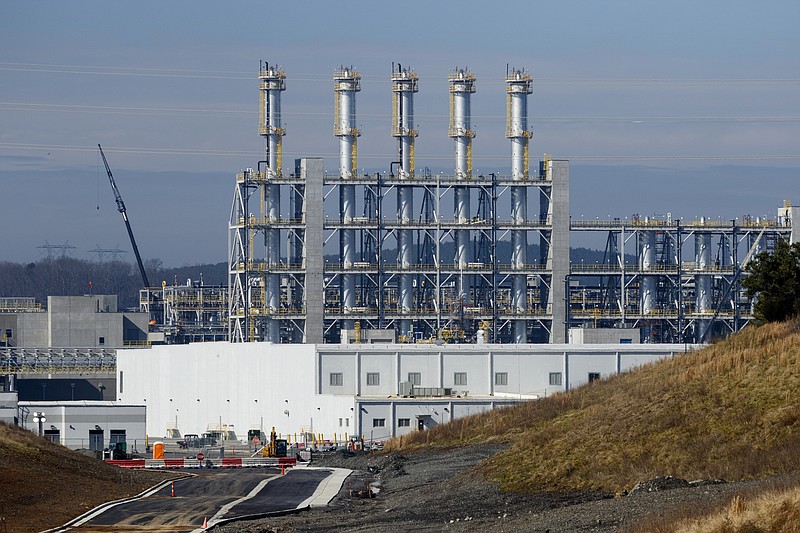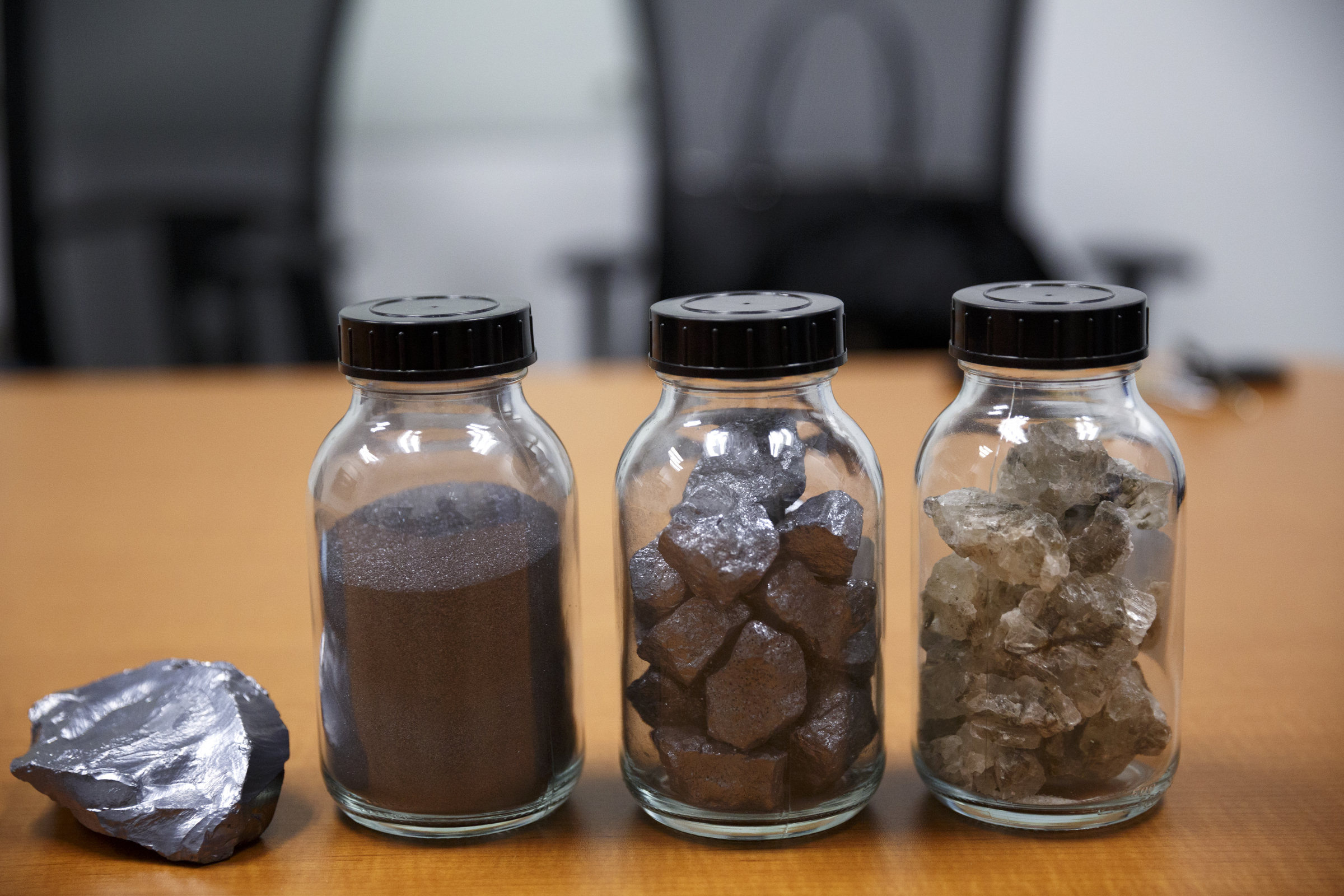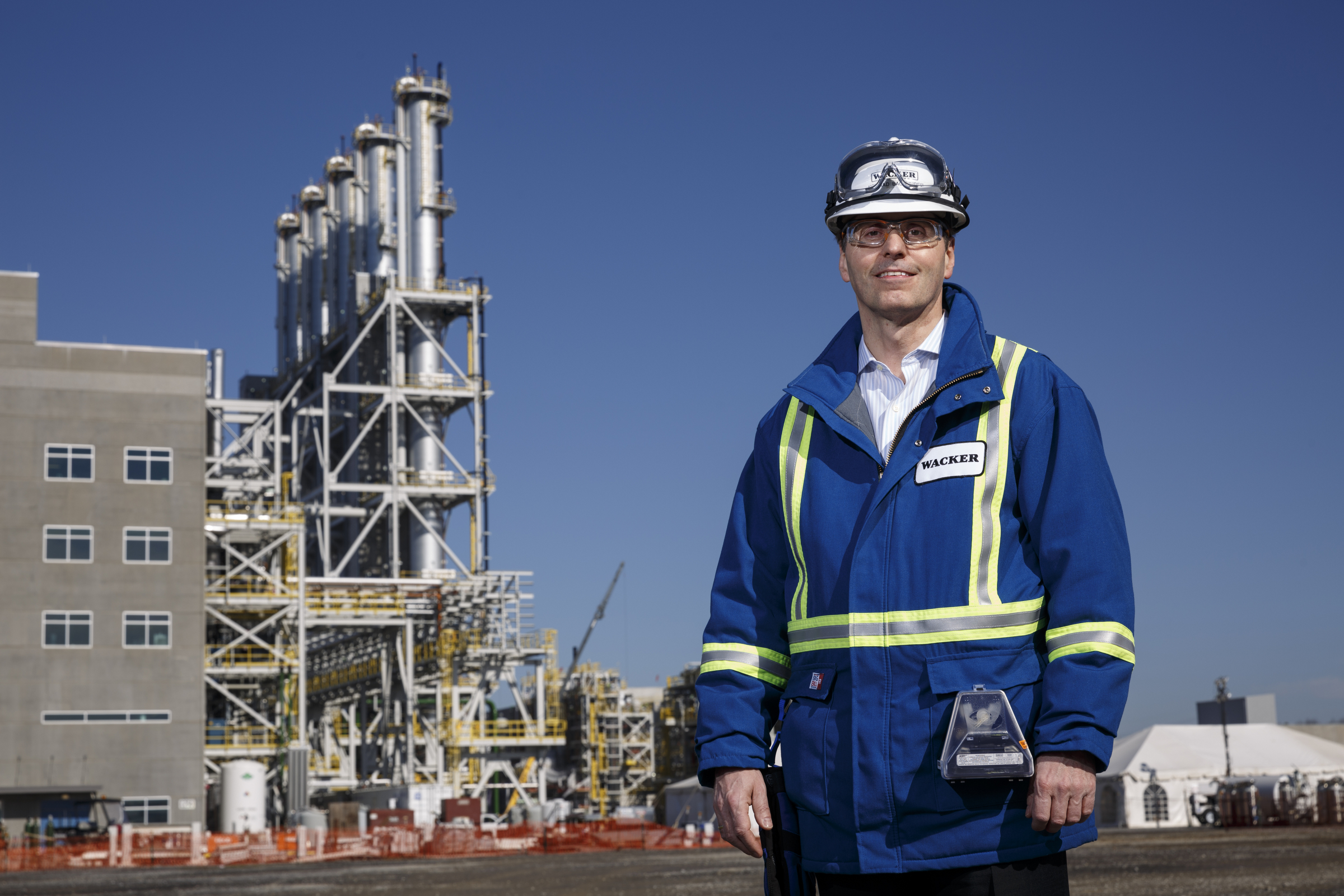The more sun, the more output. The sun doesnt send a bill, obviously. Solar power has a bright future.
More Info
POLYSILICON: HOW IT’S MADE› The process starts with silicon metal, which is sourced from numerous manufacturers.› Silicon is ground into granules which are combined in a reactor with hydrogen cloride gas (HCl). The result of this reaction is a liquid called Trichlorosilane (TCS).› Raw TCS contains impurities which are separated by distillation processes to create TCS of extremely high purity. To be used for solar panels, the metal must be extremely pure, often at a level of one impurity atom in 1 trillion silicon atoms.› Highly purified TCS vapor is passed into a reactor chamber at 1,000 degrees celsius where silicon atoms condense on silicon rods.› The rods are then crushed to produce hyperpure polysilicon chunks which are sorted and packaged.› Customers buy bags of polysilicon chunks of various sizes to put them into a crucible, melt them and let the liquid re-crystalize.› They’re finally cut into thin silicon wafers which ultimately become solar cells.Source: Wacker
CHARLESTON, Tenn. - Konrad Bachhuber sat in a pickup truck amid skyscraper-sized distillation towers and a good portion of the 1 million linear feet of spaghetti-like pipe at the new Wacker chemical plant.
"You get a feel of the complexity," he said as he looked around the sprawling polysilicon production site which he termed the most advanced in the world. "We need it to maximize the efficiency of our processes."
Nearly five years after work started on the factory, the German company has begun making and selling the raw material that goes into solar power panels.
The $2.4 billion plant - the largest single private manufacturing investment ever in Tennessee - has hired 500 people with plans to soon push that to 650. That's when operations go full bore in the second quarter of this year. The plant will produce 20,000 tons of polysilicon annually at full capacity.
Bachhuber, the head of Wacker's facilities in Bradley County, said most of the site is up and running in the so-called "commissioning phase."
"We're very happy to do it with excellent quality," he said about the silver, rock-like polysilicon that's harvested at the factory. "We guarantee the quality is what the customer is used to. It's hyperpure."
Gary Farlow, chief executive of the Cleveland/Bradley Chamber of Commerce, called the plant project "pretty amazing." At its peak, there were more than 2,500 workers on site building the factory.
"It's one of those projects most communities never see," he said.
Wacker is already Bradley County's biggest industrial taxpayer, but the site has room for expansion as the solar market continues to grow.
"We expect them to be a much larger company," Farlow said.
Bachhuber said the plant was built with expansion in mind, noting the current facility is only using about 40 percent of its land. Wacker as a worldwide company produces a broad range of products.
"It's structured in a way so we can easily expand in the future," he said.
For example, there are gaps between the tall distillation columns where new equipment can be "just plugged in," Bachhuber said.
Wacker has a clear vision for the site in the future, he said. At the company's two other polysilicon plants in Germany, additional chemical products are made to create what he terms "the perfect integrated system."
There's no decision about expansion yet, Bachhuber said, but "we didn't come here just to do this first step that we've done now. The site has the potential to attract such projects in the future."
First, however, Wacker's Charleston facility has to continue to build a capable workforce, he said.
"Everyone is highly motivated and excited," Bachhuber said, adding there's a combination of 50 to 60 experienced professionals from Germany coupled with local team members.
Farlow said he expects to see so-called "downstream companies" come to the area, making up either consumers of what the factory produces or firms that make valves and pipes and service the plant's equipment, for example.
"They expect to have a number of other companies to support what they're doing or supply them with parts," he said. "That's the peripheral benefit."
In terms of the solar power market, Bachhuber said new installations grew 20 percent in the past year.
"It's a very strong worldwide mega-trend," he said, noting the plant's polysilicon will be shipped to U.S. and global customers. "It's cost efficient. It makes sense from an economic and environmental point of view."
China, Japan and the U.S. are among the biggest growth markets, though South America and India are coming along, Bachhuber said.
"The more sun, the more output. The sun doesn't send a bill, obviously," he said. "Solar power has a bright future."
Wacker, one of the world's biggest players in polysilicon, in 2009 announced the Charleston project and initially placed plant investment at $1 billion.
In 2012, the company announced that production would be delayed by about 18 months, and it slowed the pace of construction. At the time, Wacker blamed changing solar market conditions and over capacity for polysilicon.
The average price for polysilicon in 2012 plunged by some 42 percent and struggled through 2013, according to pv magazine.
Another Tennessee polysilicon plant that was under construction at the time in Clarksville, Tenn., owned by Hemlock Semiconductor, was built but never started production. Google announced recently that it's planning to build a data center at that site, investing $600 million and creating about 70 full-time jobs.
But as the economy has rebounded, prices rebounded in 2014.
Through the downturn, Wacker continued plant production in Charleston, albeit at a slower pace than initially planned. But as the market has rebounded, Wacker has increased capacity and the price tag rose.
About 90 percent of the world's polysilicon supplies ended up in solar panels in 2014, up from 27 percent in 2001, according to GTM Research. While demand for panels is expected to climb 30 percent, polysilicon capacity is also increasing.
Polysilicon production capacity currently stands at about 350,000 metric tons a year, and there are plans to increase that by at least 10 percent next year, according to New Energy Finance. That oversupply, combined with existing inventory, is expected to continue to pressure prices.
Still, Wacker Chairman Peter-Alexander Wacker told Bloomberg late last year that the company is predicting a rebound as strong demand for panels in the U.S. and China soaks up excess supplies.
"We always have swings based on demand, but this trough in price seems to be saying that even the biggest producers are finding it difficult to rein back production," Wacker said in an interview in Berlin.
Contact Mike Pare at mpare@times freepress.com or 423-757-6318.


